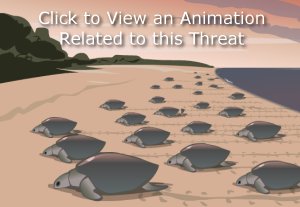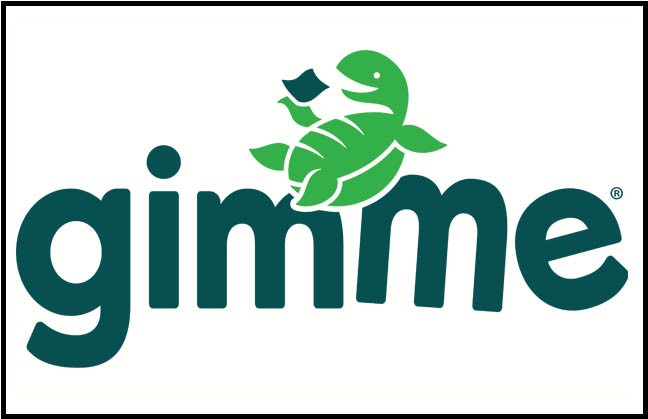Egg Harvest for Consumption

The Problem: Throughout the past several years there have been many stories in the news about illegal egg collectors being arrested for tampering with nests and trying to sell eggs. Although these stories are a great step toward creating awareness for this plight for turtles, there is still more that needs to be done. One of the main problems sea turtles face is illegal egg collecting while they are most
 There are many reasons humans seek sea turtle eggs. In some Latin American
There are many reasons humans seek sea turtle eggs. In some Latin American
Species Affected: All species are affected by illegal egg collecting.
The Solution: Roughly 50 percent of the world's population lives along the coast, making a solution to illegal egg collecting a challenge. Coastal resource managers have little detail on how differently constructed and positioned armoring structures affect sea turtle nesting. Additional studies are needed to further understand the alternatives to the current coastal structures. Current regulatory policies must change if there is any hope of saving natural beaches. These changes cannot take place without the public's help.
* Do not disturb sea turtle nests;
* Support ecotourism based on sea turtles; opposed to consumption;
* If you see someone disturbing a nest report it to the appropriate authority immediately;
* Do not consume sea turtle products, whether it be from an egg or otherwise.
Case Studies: Usually, a combination of these methods will achieve the most successful results. Evidence of this success can be seen in Tortuguero, Costa Rica - the largest green turtle nesting site in the Western Hemisphere. In this remote area, villagers were first educated about the importance of conserving these species and the threats that consumption poses to sea turtle survival. Conservationists also settled in the area to conduct on-going research of this key green turtle population. Slowly, villagers began to realize that changing their economy from one of consumption to conservation would increase their economic potential through tourism. Today, Tortuguero is a model for other small communities and boasts a 400 percent increase in nesting green turtles.
Related links:
* About STC's Eco-Volunteer Adventures
* Tortuguero Nesting Trends
Gim II






